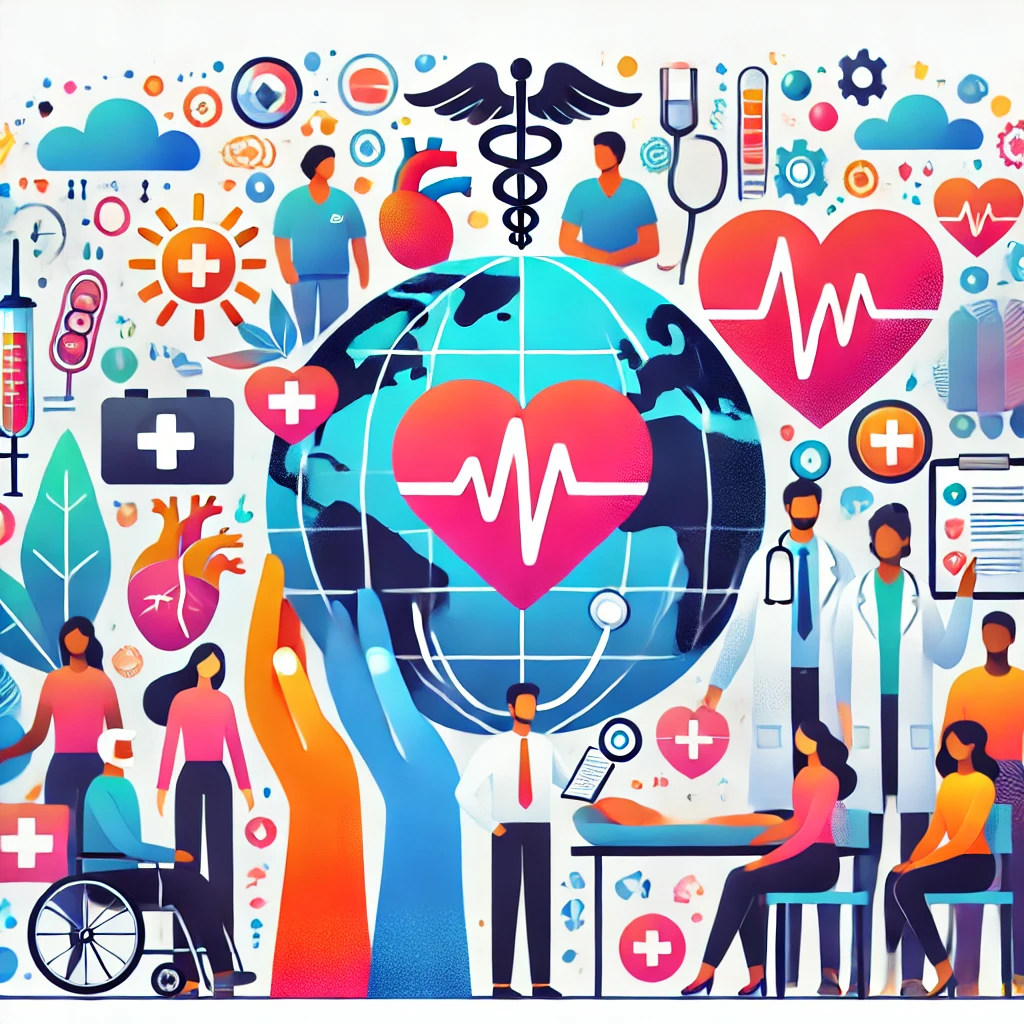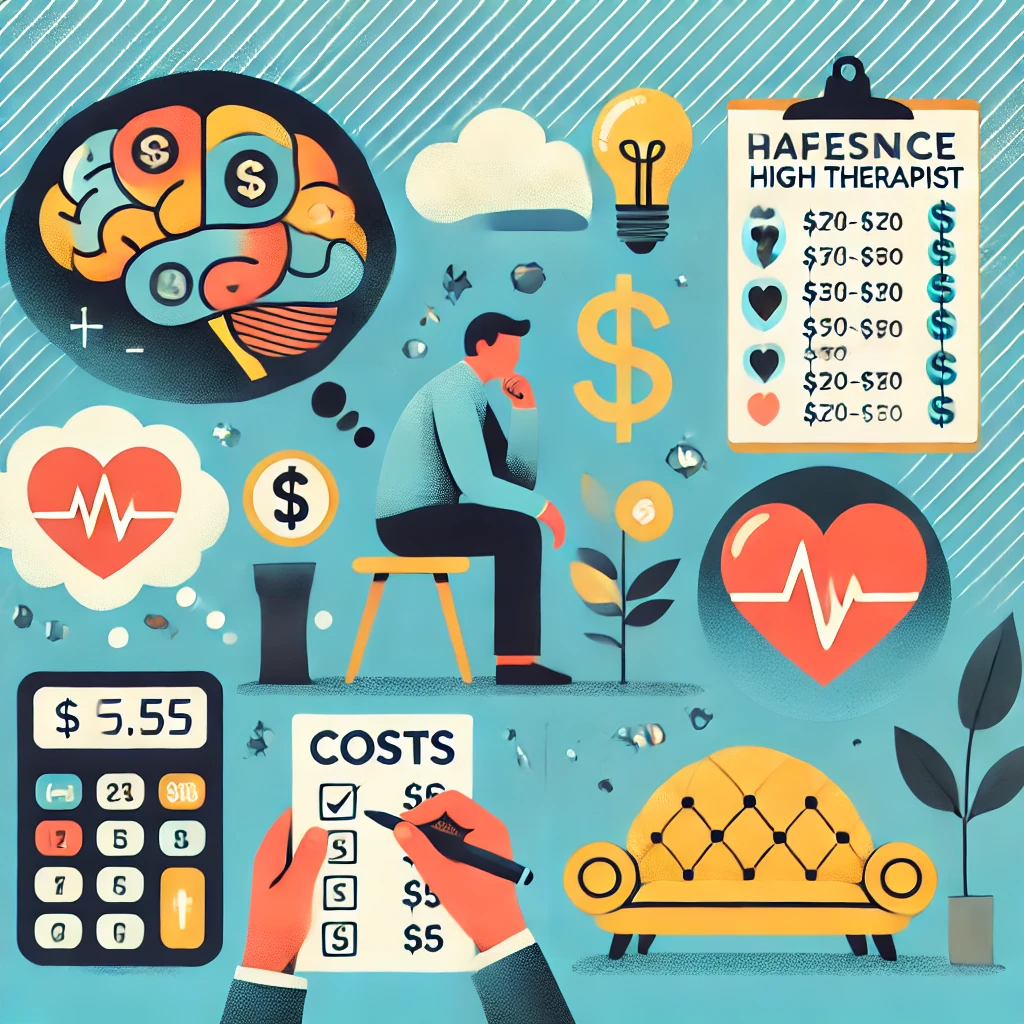In today’s rapidly evolving healthcare landscape, doctors play a crucial role in not only treating patients but also in spreading health awareness. With the rise of chronic diseases, the importance of preventive care, and the impact of global health crises, the role of doctors has expanded beyond traditional clinical settings to include community engagement, education, and advocacy.
1. Community Engagement
Doctors are increasingly stepping out of their clinics to engage with the community. This can be through organizing public health seminars, participating in health fairs, or collaborating with schools and community centers to provide health education. By interacting directly with the public, doctors can address specific health concerns, dispel myths, and encourage healthier lifestyles.
Example Initiatives:
- Health Seminars: Hosting talks on topics like diabetes management, heart health, and vaccination benefits.
- Community Health Fairs: Providing free screenings and consultations to underserved populations.
2. Online Webinars and Social Media
The digital age has transformed how health information is disseminated. Many doctors are now using online platforms to reach a wider audience. Webinars, social media posts, and online articles allow doctors to share reliable health information quickly and effectively. This approach is particularly beneficial in reaching tech-savvy younger generations and individuals who may not have easy access to traditional healthcare resources.
Effective Strategies:
- Webinars: Live sessions on mental health, nutrition, and exercise.
- Social Media: Regular posts on Instagram, Twitter, and Facebook sharing tips and updates on health topics.
3. Educational Materials
Providing educational materials such as brochures, pamphlets, and informational videos is another way doctors are spreading health awareness. These materials can be distributed in clinics, hospitals, and community centers, ensuring that patients have access to accurate information about their health.
Materials to Consider:
- Brochures: On topics like smoking cessation, healthy eating, and regular exercise.
- Videos: Short clips explaining common medical procedures, preventive measures, and health tips.
4. Collaboration with Public Health Organizations
Doctors often collaborate with public health organizations to amplify their efforts in spreading health awareness. These partnerships can lead to more comprehensive health campaigns, increased resources for education, and a unified approach to addressing public health challenges.
Examples of Collaboration:
- Campaigns: Joint efforts to promote vaccination during flu season.
- Research: Participating in studies that aim to improve public health outcomes.
5. Advocacy and Policy Influence
Beyond direct patient care, doctors also advocate for health policies that promote public health. By engaging in policy discussions and contributing their expertise, doctors can influence legislation that affects healthcare delivery, access, and education.
Areas of Advocacy:
- Preventive Health: Policies that support preventive screenings and early intervention.
- Healthcare Access: Efforts to improve access to healthcare services for all populations.
Conclusion
The role of doctors in spreading health awareness is more critical than ever. Through community engagement, digital outreach, educational materials, collaboration with public health organizations, and advocacy, doctors are helping to build a healthier society. Their efforts not only improve individual health outcomes but also contribute to the overall well-being of communities.
By embracing these expanded roles, doctors continue to make a significant impact on public health, ensuring that accurate and valuable health information reaches those who need it most.






